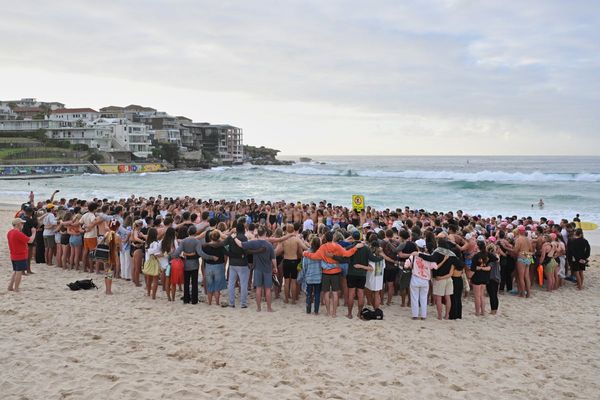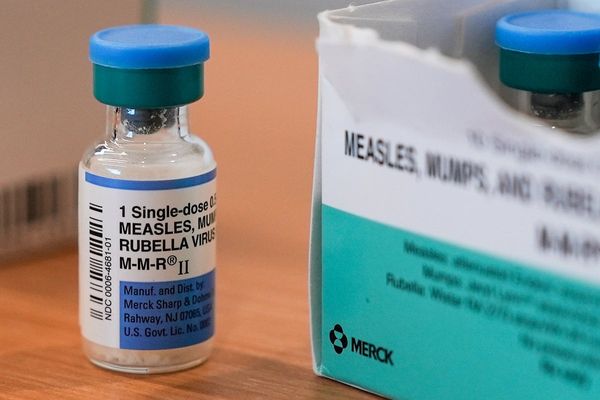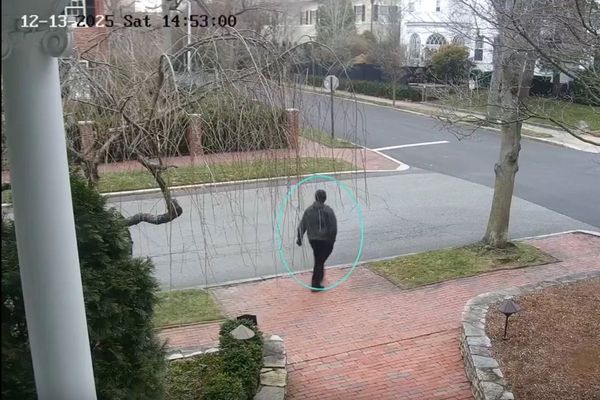
Votes are being cast today (Thursday, May 4) for the 2023 local elections, in which Labour is hoping to make gains in Tory-held areas.
Sir Keir Starmer could follow in the footsteps of Tony Blair and David Cameron if Labour take a victory of 10 per cent or higher over the Tories in this week’s local elections, according to Professor Sir John Curtice.
Rishi Sunak will be monitoring the situation closely, with the Conservatives predicted to come under the cosh as thousands of Britons head to the polls to choose councillors in some parts of the UK.
A total of 230 local authorities are holding contests on Thursday, May 4. These range from small rural councils to some of the largest towns and cities — though no elections are scheduled in London or Birmingham.
Polls are also taking place to choose mayors in Bedford, Leicester, Mansfield, and Middlesbrough.
Local elections typically reflect voters’ attitudes about neighbourhood concerns, such as when bins are collected, the state of parks and pavements, or access to libraries and hospitals.
But they can also be a verdict on the main political parties and their handling of big issues. In 2023, these are likely to be the cost of living, the NHS, and public services.
Here’s everything you need to know about this year’s local elections.
When are the 2023 local elections?
The 2023 local elections are being held today, on May 4, 2023, in England. The polls will close at 10pm and this is when the counting will begin for 63 councils.
Local elections for 11 councils in Northern Ireland have been put back two weeks to May 18. This is to avoid a clash with the King’s coronation on May 6.
No elections are taking place in Scotland and Wales this year.
The majority of results are expected to be announced tomorrow, Friday, May 5, although some will take a little longer.
Where are the 2023 local elections taking place?
Overall, more than 8,000 council seats will be up for grabs on May 4, with voters in most parts of England able to take part.
As well as London and Birmingham, areas not holding elections include Cornwall, North Yorkshire, and Cumbria.
Of the councils holding elections, 152 are district councils, many of which are currently run by the Conservatives.
By contrast, almost all of the 32 Metropolitan boroughs holding elections this year are already run by Labour. These include huge authorities, such as Leeds, Liverpool, and Manchester, and these are unlikely to change hands.
The remaining 46 councils holding elections today are unitary authorities and include many large towns and built-up areas across England, such as Hartlepool and Redcar & Cleveland in the north-east, and Plymouth and Portsmouth in the south-west and on the south coast respectively.
Many are currently run by coalitions of two or more parties, or by one party as a minority administration.
Elsewhere, Labour is defending two of the mayoral seats up for grabs — Leicester and Mansfield. The Liberal Democrats are defending Bedford, whileMiddlesbrough is currently held by the independent Andy Preston.
Who is standing in my local election 2023?
The Electoral Commission has a handy guide on its website that allows you to check what elections are going on in your area. You simply enter your postcode to find contact details for the electoral services team at your local council and polling station details.
You are then told the ward you are in, what date the election is, and are then shown the candidates and what party they represent.
Will you need to bring an ID to vote in the 2023 local elections?
For the first time in England, voters will need to show a form of photographic identification at their polling station to cast a ballot.
Anyone without an accepted form of ID is able to apply for a special certificate from their council although the deadline for May 4 has already passed.
What forms of ID are acceptable at the 2023 local elections?
Not all types of photo ID will be accepted, which means some people may be unable to vote.
Many people will have a driving licence or a passport, which are both acceptable forms of ID. However, there are also a number of other forms of acceptable ID, including a PASS card or Blue Badge.
You can still use your ID to vote if it has expired. However, it still needs to look like you and needs to bear your current legal name.
What are the results to watch out for at the 2023 local elections?
Contests that will be watched closely include a number of councils in traditional Conservative heartlands in the south, and Tory seats in the former Labour “Red Wall” in the north.
Labour will be hoping to gain ground on the Tories in southern England.
In Milton Keynes, Labour needs only two councillors to overtake the Conservatives as the largest party. In Bedford, they need only one.
There are also opportunities for the party to retake symbolic ground in the north.
In Blackpool, Cheshire West, and Middlesbrough, the party is only a handful of councillors away from an absolute majority after a poor showing in 2019 and recent defections.
The Liberal Dems performed well in last year’s local elections, securing their largest proportion of seats in the south since 2010. They will be hoping to cement this success, in places such as St Albans, South Cambridgeshire, and Chelmsford, where they have increased councillors by 30 per cent in the past couple of elections.
And they will also be hoping to put pressure on Labour, after taking overall control away from them in Hull last year.
How to register to vote in the 2023 local elections
In England, you had to register to vote in person, or by proxy, by midnight on April 17. This had to be done online with a National Insurance number, or by writing to your council’s Electoral Registration Office. The deadline to request a postal vote in England was 5pm on April 18.
In Northern Ireland, the deadline has also passed.
Where is my polling station?
Polling stations are open from 7am-10pm on election day and you should have received a poll card in the post explaining where you will need to go.
But if you are unsure, enter your postcode here: https://wheredoivote.co.uk
How to apply for an emergency proxy vote
If you are registered to vote but not able to make it to the polling station then it is possible to still take part, although it is obviously too late to apply for today’s vote.
The Electoral Commission says: “If you know that you won’t be able to get to the polling station on polling day, you can ask someone you trust to cast your vote for you. This is called a proxy vote and the person casting your vote is often referred to as your proxy.
“If you nominate a proxy, the person you choose to vote on your behalf will need to show their own photo ID to cast your vote. They will not need to show your ID.
“The person voting on your behalf can either go to your polling station to cast your vote, or can apply to vote for you by post.”
For an emergency proxy vote, you will need to fill in this form.







